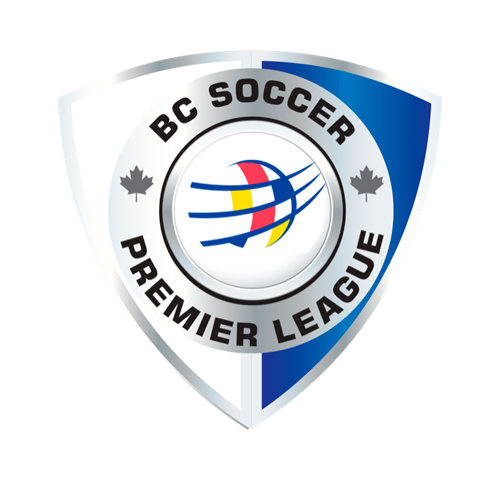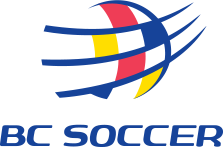[Disclaimer: LUSA is providing the following information for reference only. If you or your child is injured, please contact or visit a doctor or physio-therapist prior to any treatment.]
Muscle Strains
Muscle injuries are a common injuries for all athletes but especially in sports where there is a high demands on the muscles of lower extremities such as soccer.
Muscle strains are classified as mild ( first degree), moderate (second degree, partial tears), or severe ( third degree, complete tears). They may be further be subdivided according to the site, as tears of the muscle belly usually heal more rapidly than do tears at the musculotendinous junction.
Classification of muscle injuries
1. Exercised induced muscle injury (delayed muscle soreness): the pain sensation is related to the breakdown of muscle cells and associated inflammatory response
Onset at 24-48 hours after exercise
Related factors:
increased activity
Unaccustomed activity
Excessive eccentric work
Viral infections
2. Strains
1st degree (mild): minimal structural damage; minimal bleeding in the muscle tissue; early resolution
Related factors:
Sudden overstretch
Sudden contraction
Deceleration limb
Insufficient warm-up
Lack of flexibility
2nd degree (moderate): partial tears; large spectrum of injury; significant early functional loss.
Related factors:
Increasing severity of strain associated with greater muscle fiber damage, more bledding within the muscle; and more eventual scarring
3rd degree (severe): complete tear; may require aspiration; may require surgery
Related factors:
Steroid use or abuse
Previous muscle injury
Collagen disease
3. Contusions
Mild, moderate or severe
Caused by direct blow to the muscle belly, associated with increasing muscle trauma and tearing of fiber proportionate to severity
The severity of these contusions have to be diagnosed early on in order to prevent more muscle damage with continued activity.
Depending on the severity of the contusion we may see mild to severe functional loss. There will be bleeding inside the muscle due to the tearing of muscle fibers. This bleeding can calcify ( myositis ossificans) if there is continued stress by activity on the site.
Healing of muscle trauma of moderate severity
1.Peritrauma period (0-6 hours)
Rest
Ice
Compression
Elevation
Goal: minimize initial injury
2. Intense inflammation (6-24 hours)
NSAID
Ice, Rest
Protect injured part
Goal: minimize inflammatory response
3. Phagocytises (24-36 hours)
Start physiotherapy protocol
Goal: prevent further injury
4. Early Healing (days 3-6)
Physiotherapy protocol
Goal: establish range of motion
5.Established healing (days 7-14):
Physiotherapy
Goal:
Increase strengthening
6.Restoration of function (days 15-60):
Physiotherapy with focus on Range of motion, strength and establish normal movement patterns
Goal:
Functional reintegration
Practice Point:
Athletes should not train intensively if they have a significant bacterial or viral infection.






